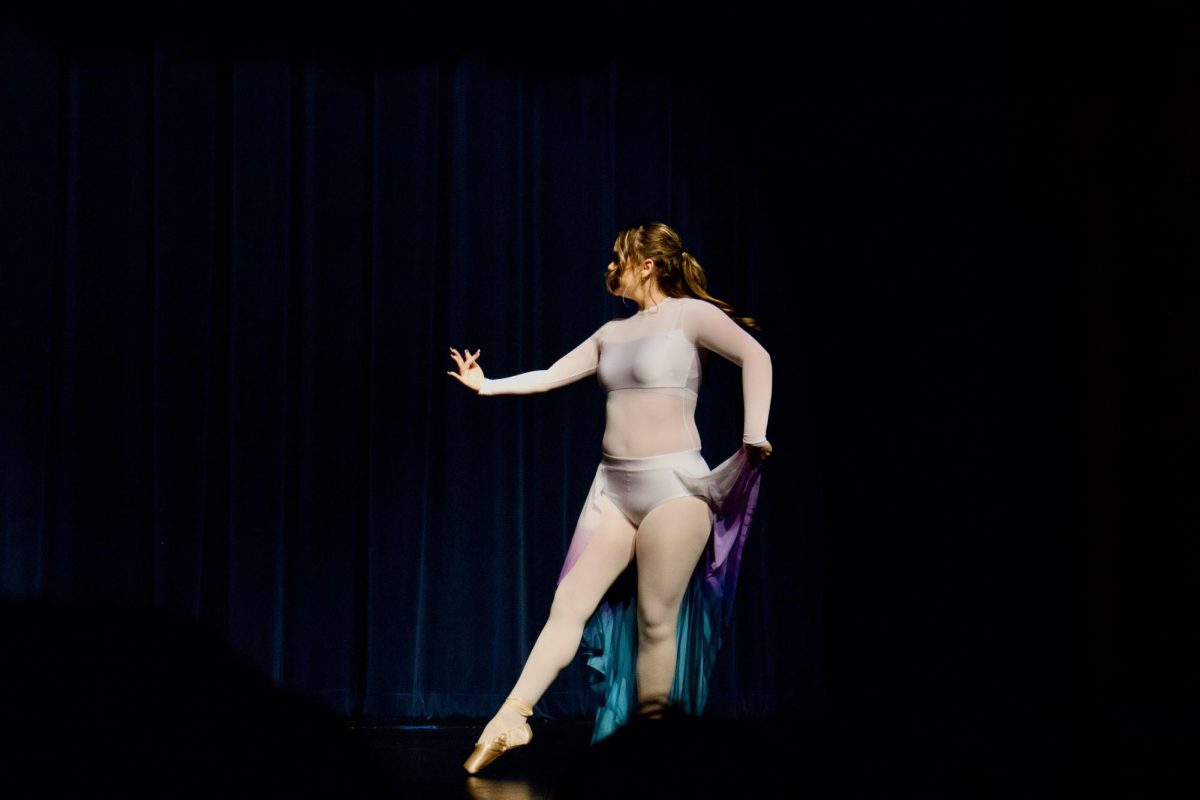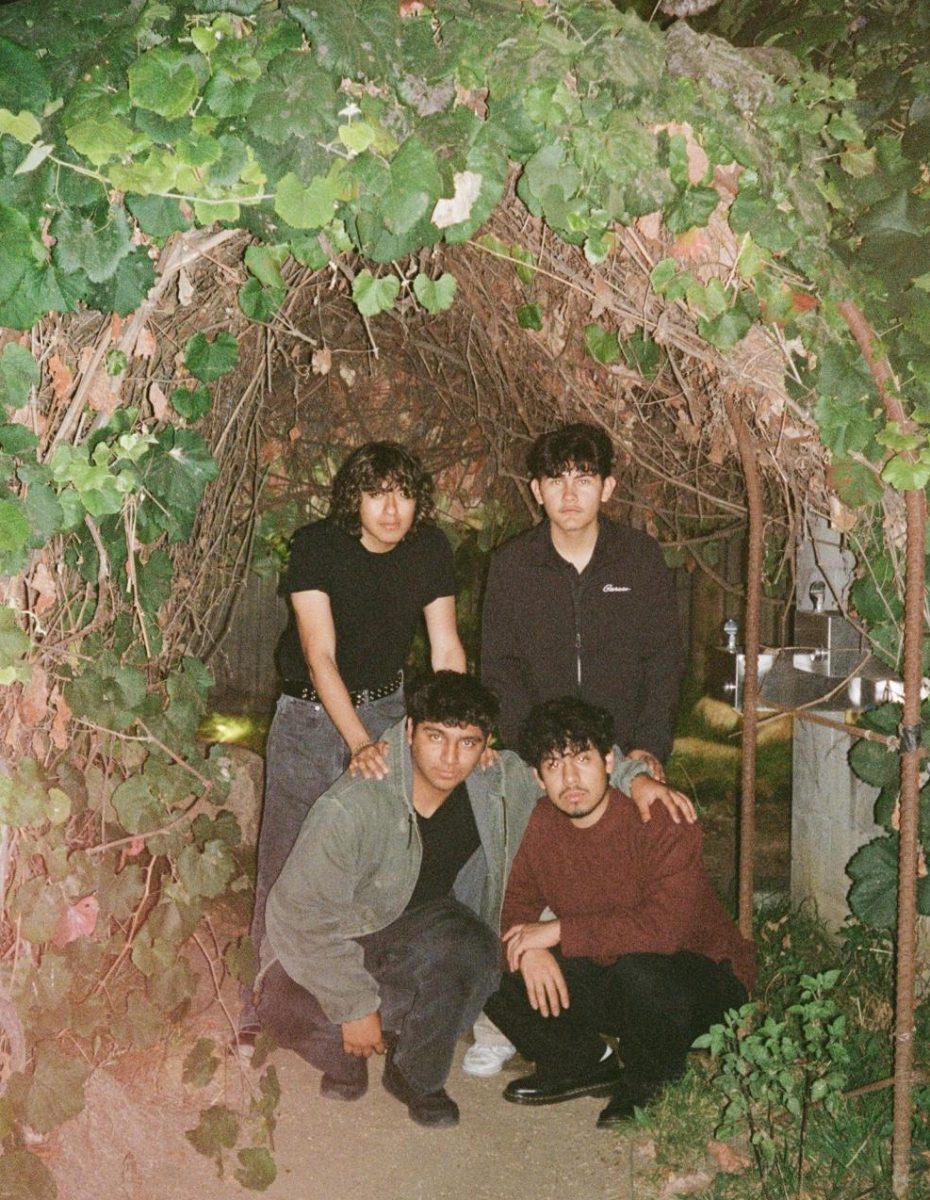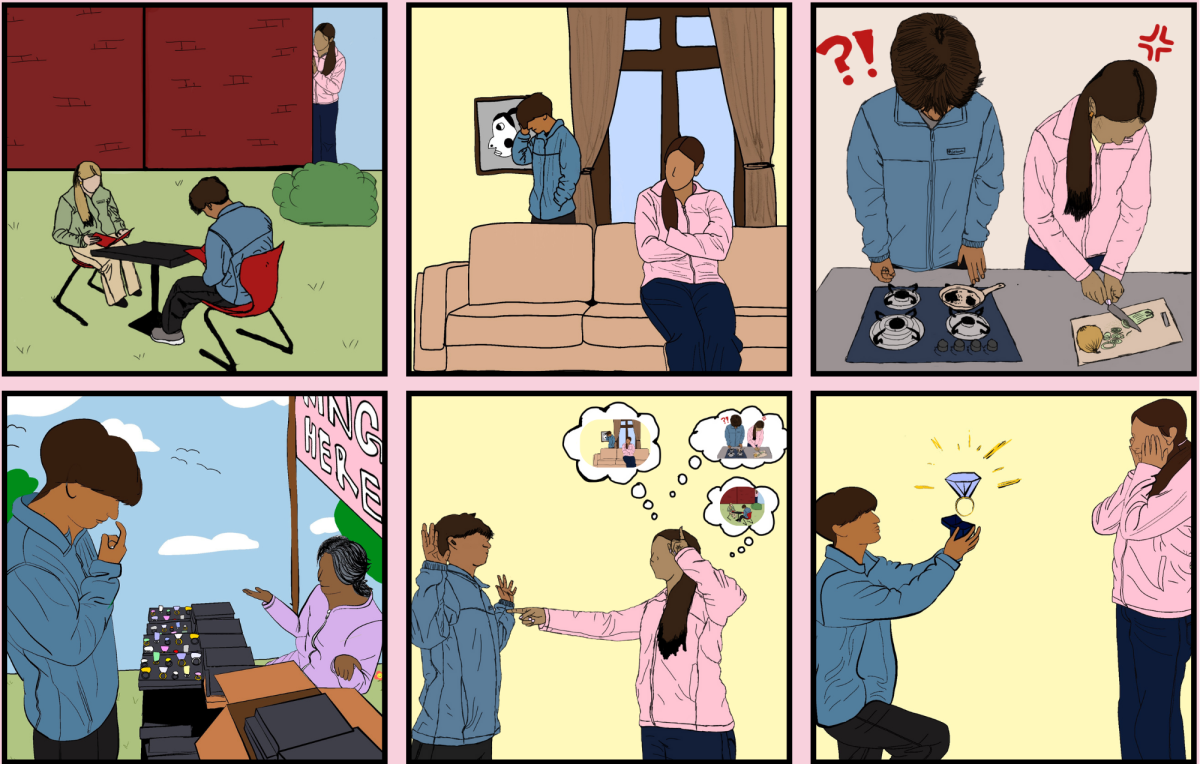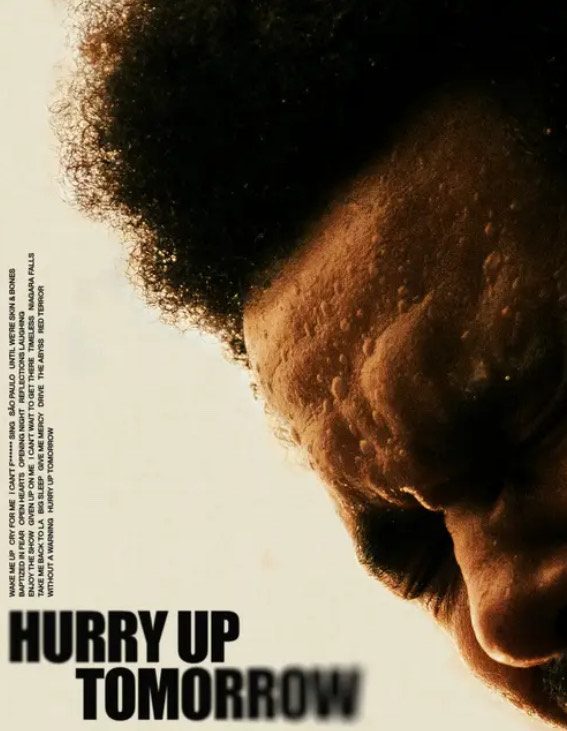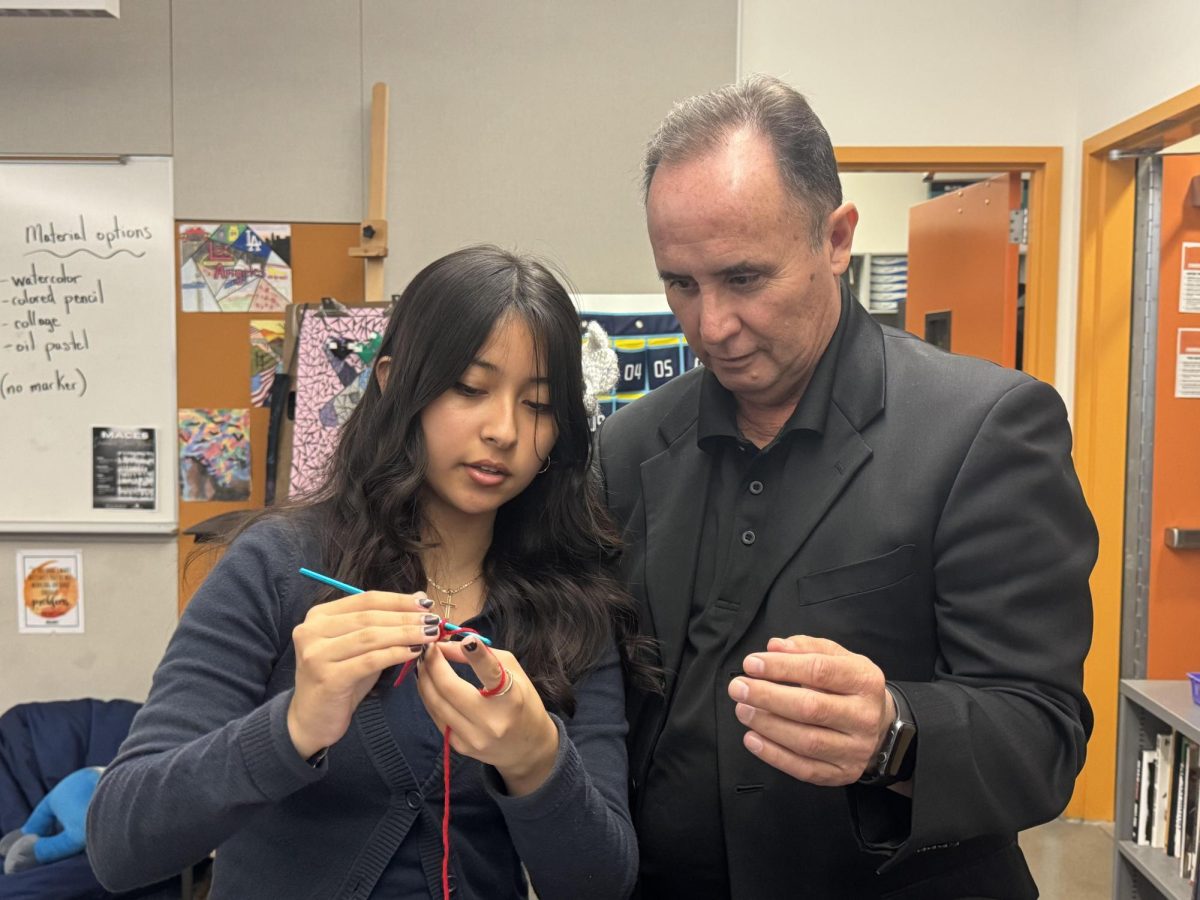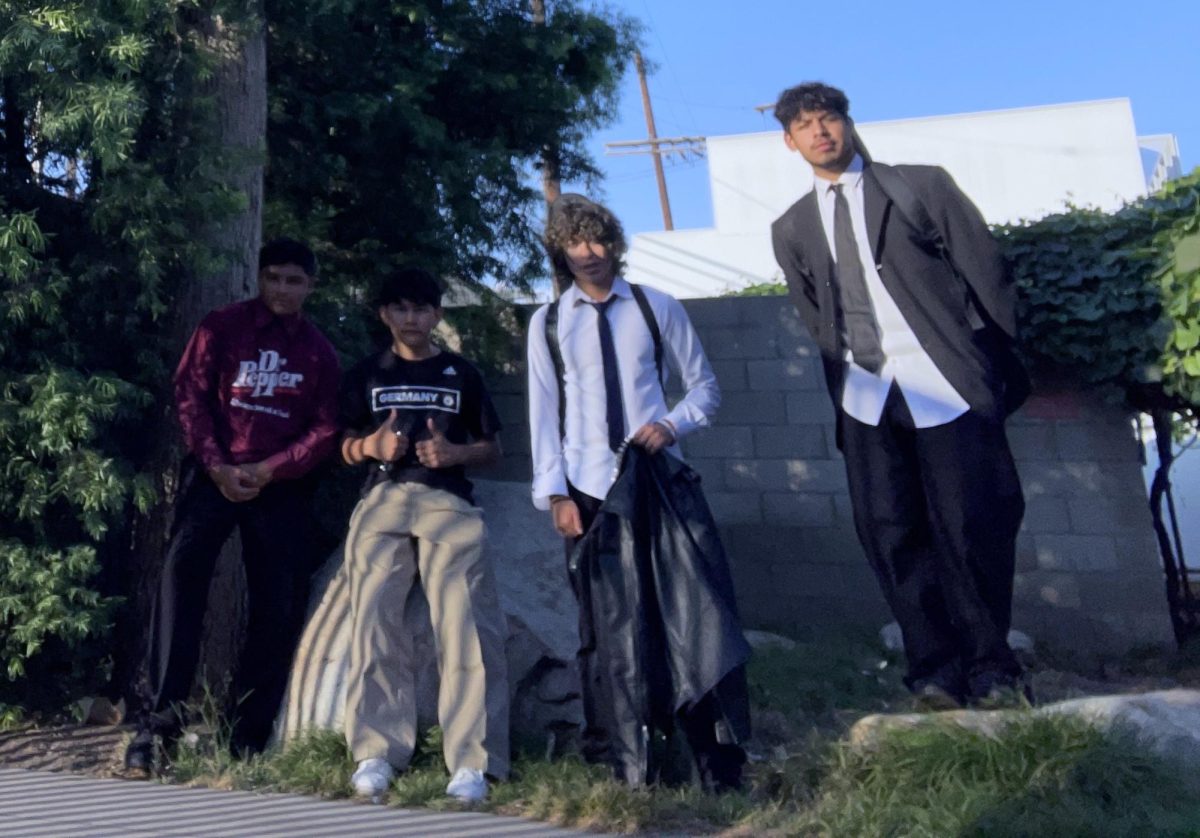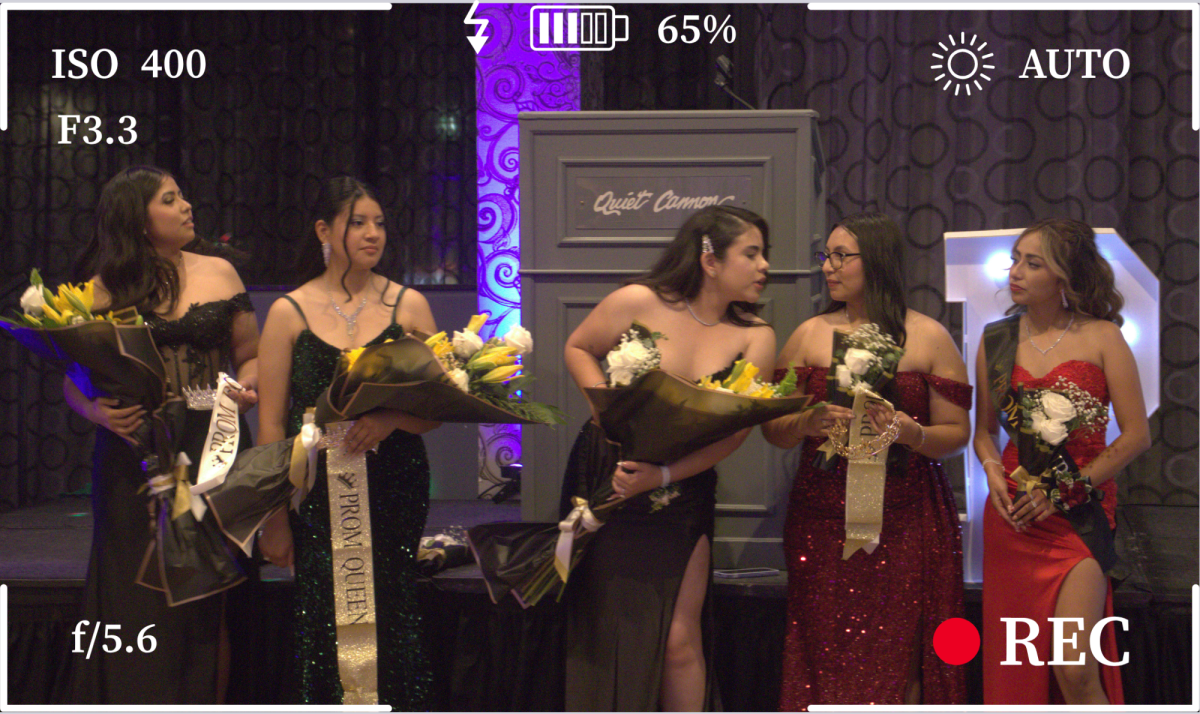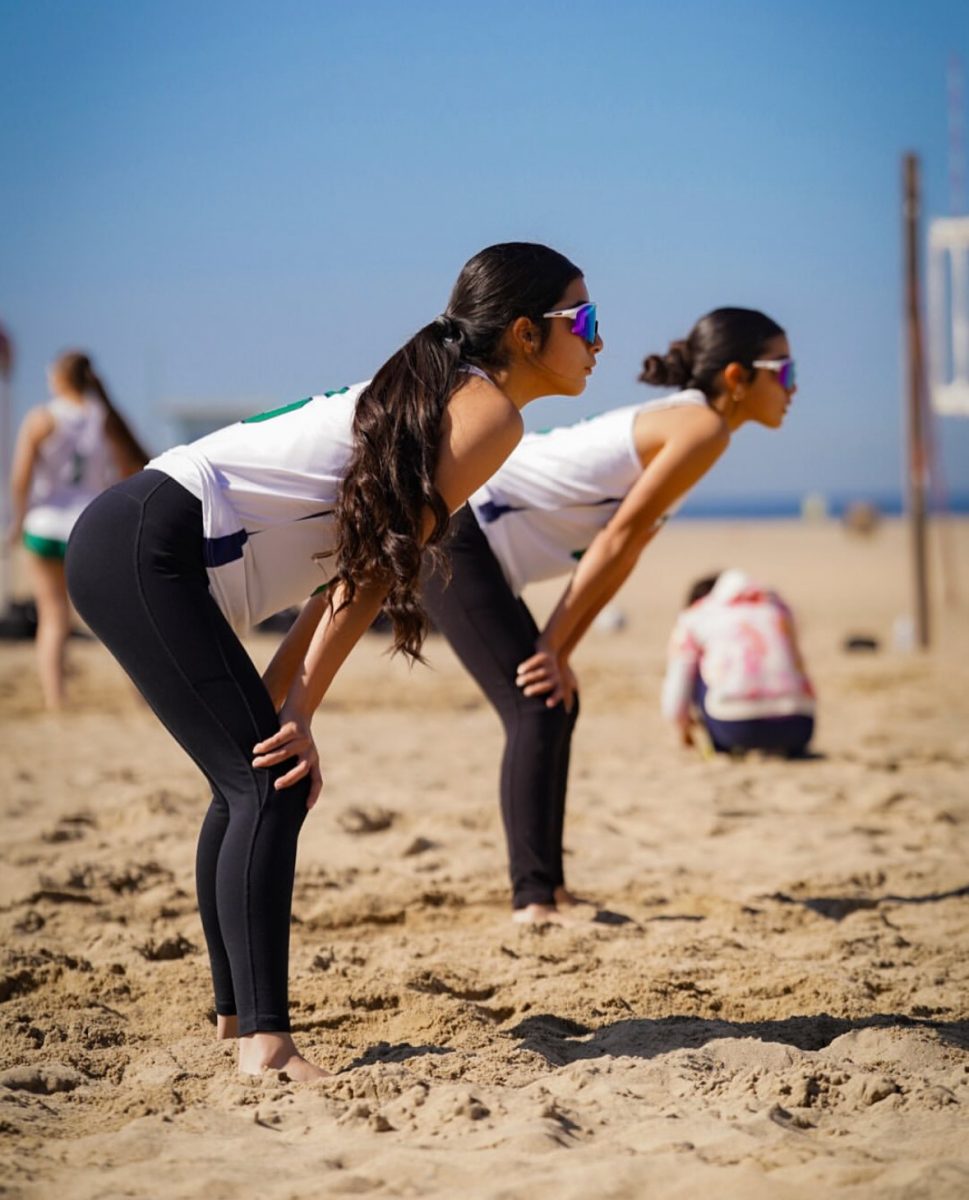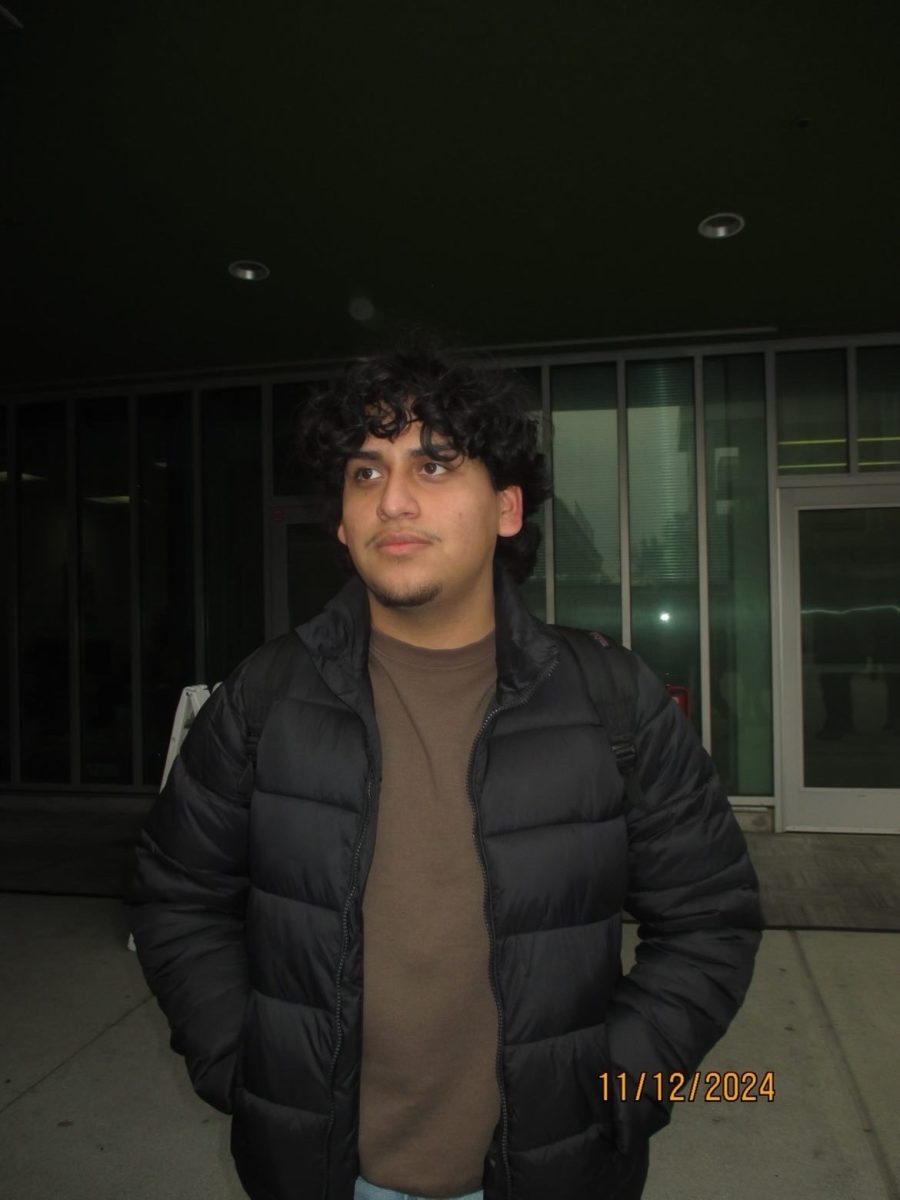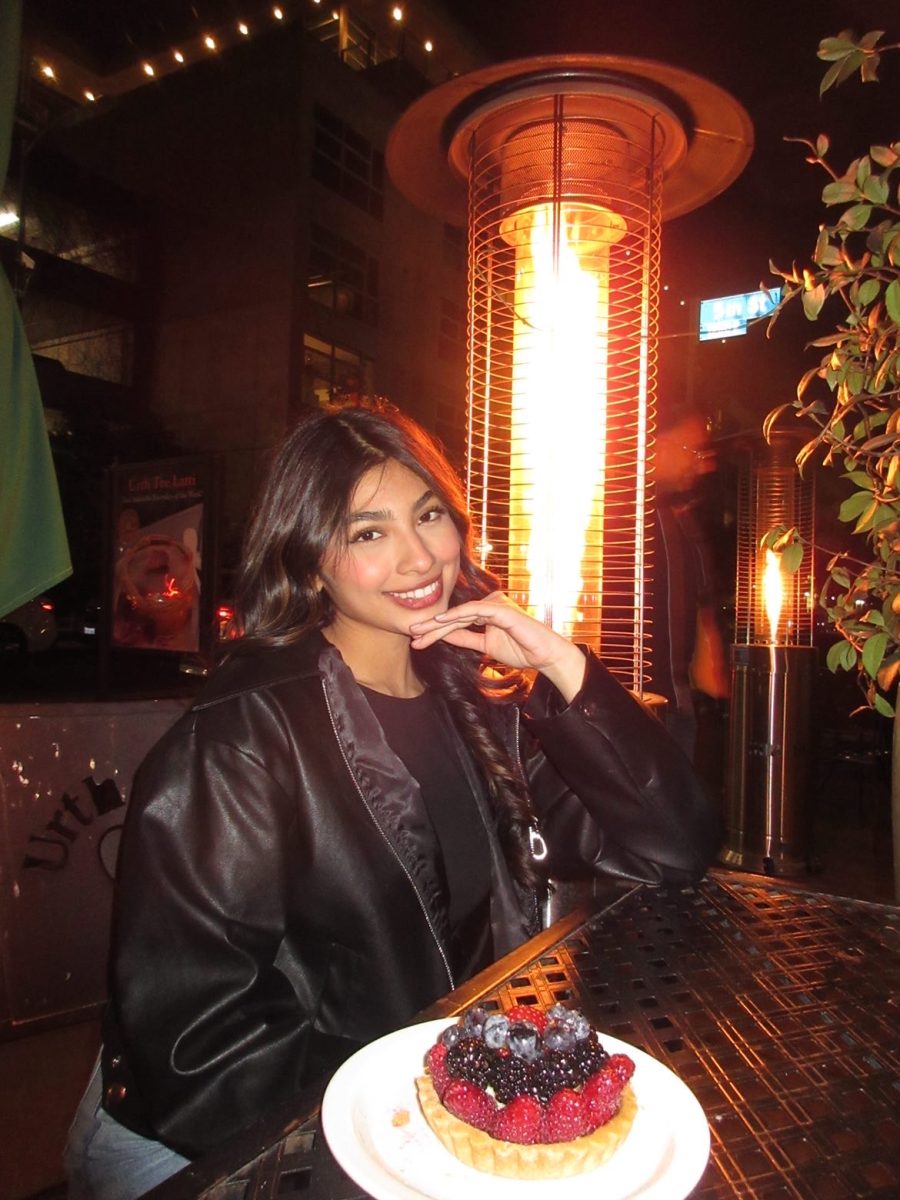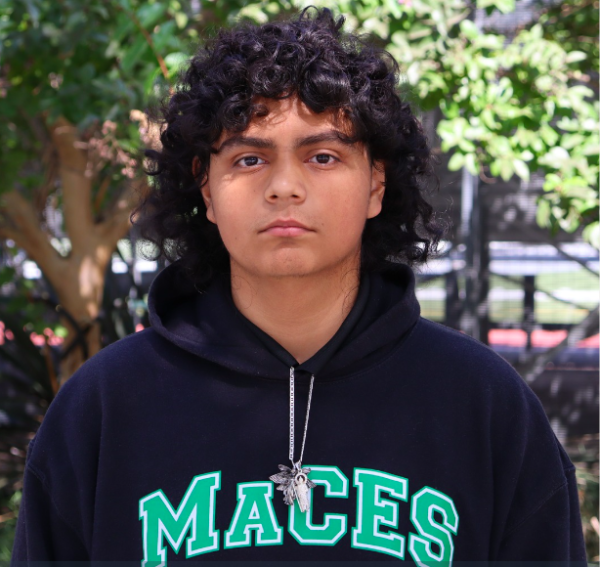Dance is a form of art that can tell stories, change emotions, and make an audience feel excitement. MACES held their annual spring performance where they showcased a lot of different dance styles, and music.
Students of Ms. Bhavika, the dance instructor, vote amongst themselves to decide what song is to be performed. There were some dances that featured music from the 90s and some that feature music from 2010 to 2020.
Emotions can be brought out while watching a dance performance. “I want the audience to feel joy, appreciation, and lightheartedness,” Ms. Bhavika, the dance instructor at MACES said. Teachers have different ways of motivating their students “I throw them kind of on the deep end so they can learn to sink or swim,” Ms. Bhavika said. Choosing a soloist comes down to “their determination and commitment to being a soloist.”
Dancing in front of a large crowd can be nerve-wracking for students. “I still feel nervous during performances but I know that I have the support,” said Kaylee Sanchez, a senior and dance soloist of four years. Sanchez practices on her own time for “an hour to thirty minutes.” Dance instructors have different ways of motivating their dancers, “Ms. Bhavika motivates me with encouragement,” Sanchez said.
When there’s a performance there’s also an audience “I thought the performance was great, it had some really great choreography and overall I think Bhavika did a great job with the kids,” Eliud Gonzalez, a junior, said. Some emotions hit Gonzalez as he said he was “crying” during the performance because it was “so good.” Gonzalez would attend another performance as he stated “it was worth the two hour wait to watch the performance.”
Dance can make an audience feel a lot of different emotions. “Each song, each emotion that it conveyed it seeped through and jumped at me from the dancers to my eyes then into my heart,” Osmin Guerrero, a senior, said. “Overall I think this performance was very evocative because it brought out so many emotions in me while watching the performance”

